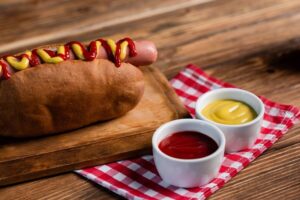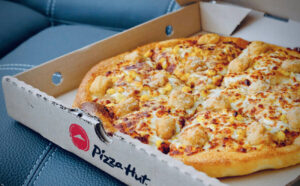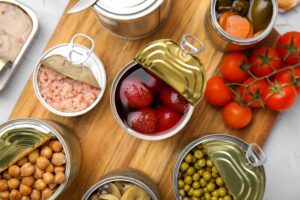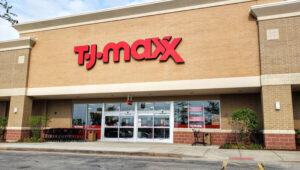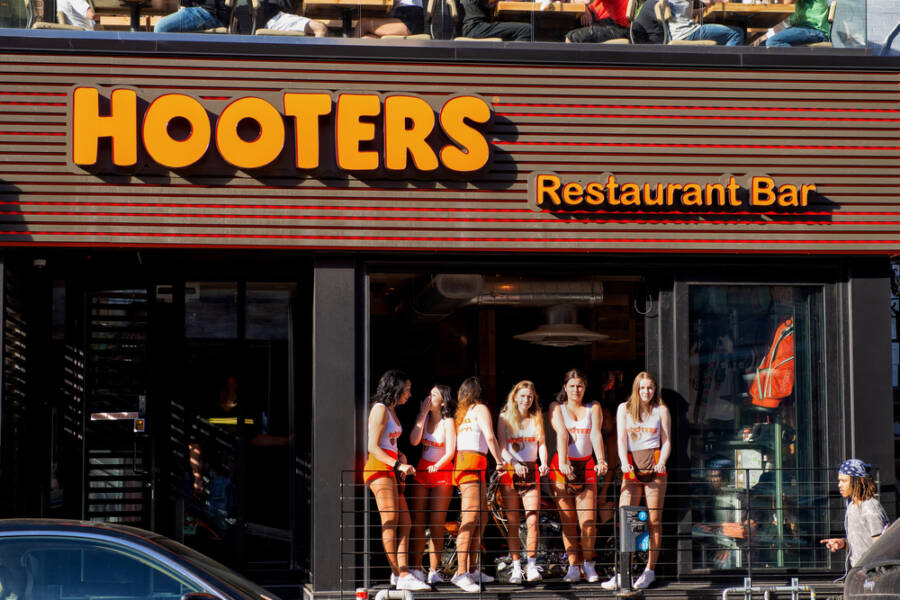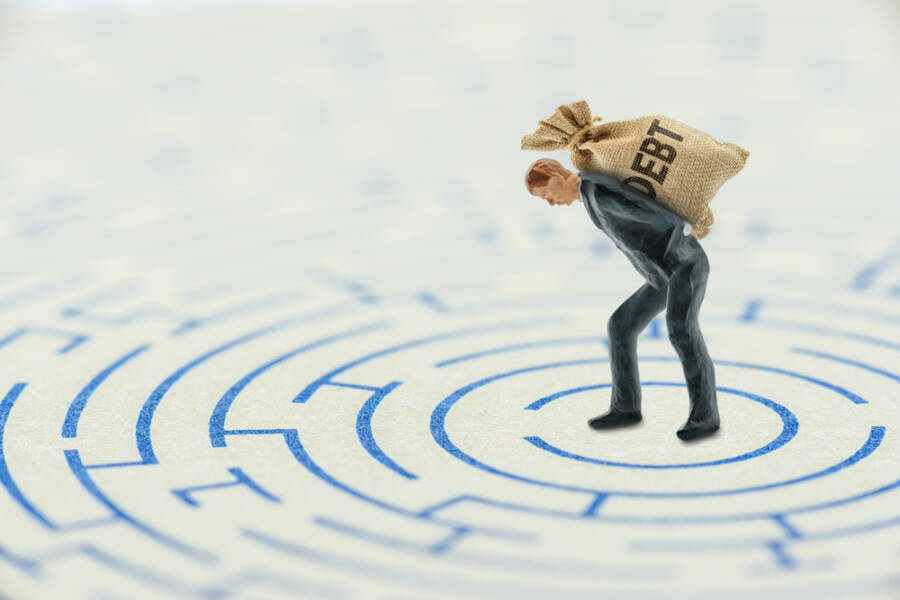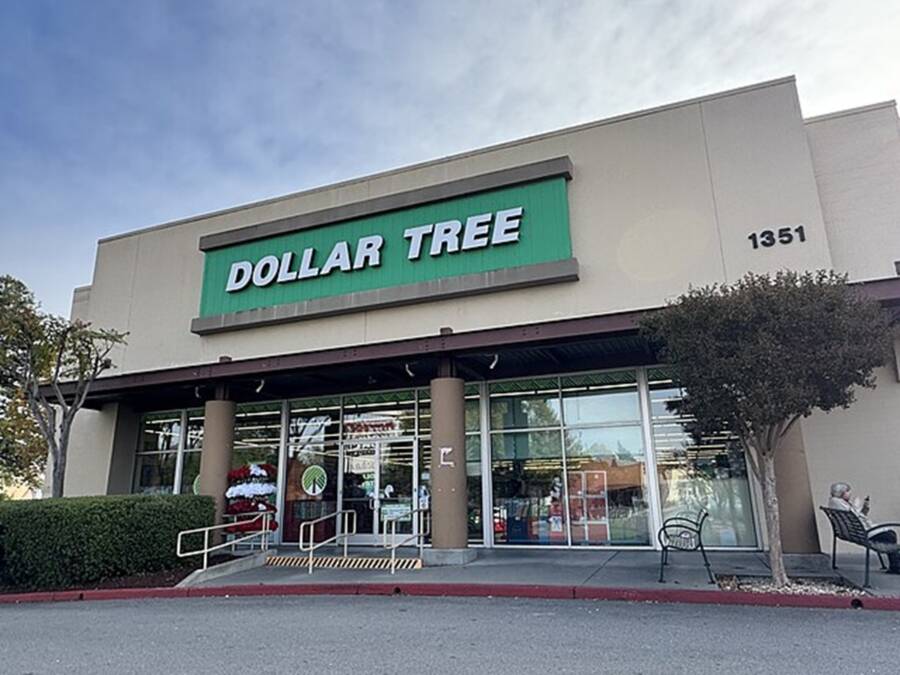Let’s talk about restaurant tricks!
A menu is so many things: a salesman, a calling card, a beautiful story that takes you on a culinary journey across the world.
On second glance, though, you may notice that restaurant menus aren’t as straightforward as you may think. What may seem like a simple guide is actually riddled with tricks meant to get you to shell out more money.
This doesn’t apply only to Michelin-starred tasting menus and sit-down restaurants. These sleights are also common at your favorite takeout spots and fast food restaurants.
In fact, you’ll probably be surprised to learn that some restaurants even hire menu consultants to help them create and design their menus using all the basic principles of menu psychology, so you spend more money.
This being said, let’s talk a bit more about one of the most common restaurant tricks—the menu and its power to lure customers into spending more money.
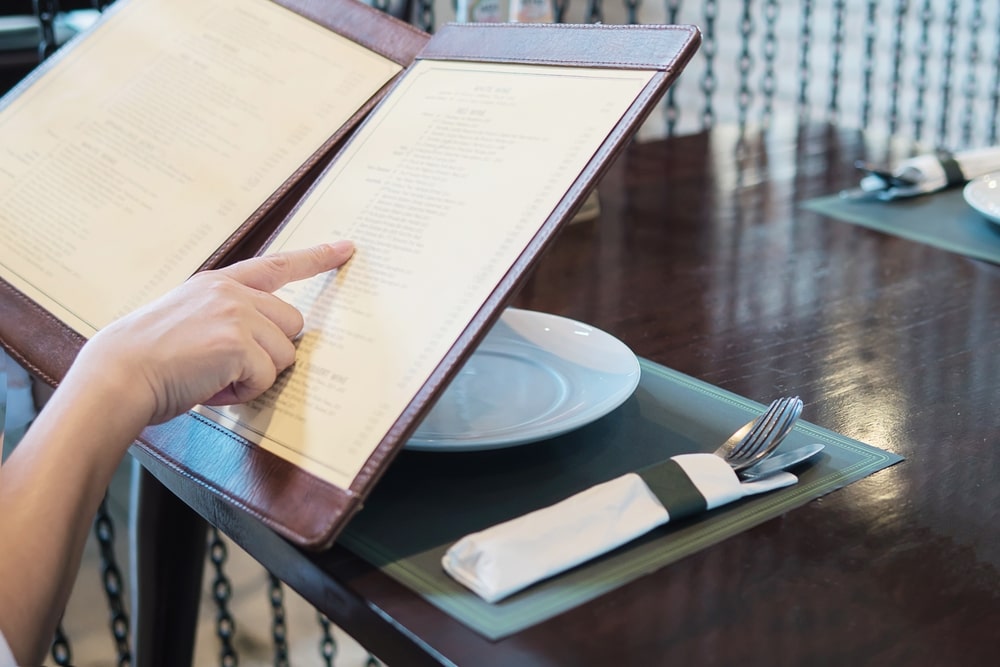
Menu psychology 101
As the name indicates, menu psychology is the study of how menu organization and design affect customers’ spending. This often includes placing certain menu items in special visual fields, like boxes or center and front. But in the end, a good menu is only truly successful when its design boosts customer loyalty.
This is one of the most common restaurant tricks that eateries use to drive repeat business. That means that the top objective of a restaurant is for customers to leave the place feeling satisfied. According to experts, if a restaurant encourages a diner to buy more than they want, they may overeat or feel bad about wasting money or food.
If a bill is higher than a customer intended, they’ll surely consider that final impression when picking a restaurant next time.
We make more decisions about food than we realize, so most of us can easily become victims of restaurant tricks. Arguably, the power a menu can hold over us can be huge. Similar to how we’re influenced by the advertisements we see everywhere, we’re also influenced by the menus we browse.
As experts point out, restaurants should always remember that a menu is a form of advertising. Good advertising helps customers make choices that align with their needs and wants. But what are those needs and wants? To feel like we’re getting a good deal, to know we’re making the right choice, and to not become overwhelmed with options (which is known as the paradox of choice).
In order to stimulate all of these cues, restaurants use their menus to play some tricks on us. The good news is that once you know how to spot these restaurant tricks, you’ll never be able to unsee them when looking at a menu.
Keep reading to discover some common practices that trick people into spending more money at the restaurant!
1. Put it in a box.
Most people think that changing pricing and writing fancy titles for dishes alone is the most important part of a menu’s design. However, more often than not, it’s the positioning of the item on the menu with eye movement in mind.
So, when it comes to menus, one of the most common, but also effective, restaurant tricks is to put the dish in a box or the center of a menu. This will increase the chance of a customer picking a higher-priced item.
You’ve definitely done this at least once without realizing it!
2. Photos? No thanks. Illustrations? Yes, please.
Photos of the dish are also among the restaurant tricks that lure customers into spending more money on food. These pictures are a powerful method to stoke hunger in diners, but there are things to consider.
According to experts, poor photos may elicit disgust, while pictures of fake food may result in an uncanny valley type of reaction. Those who run a restaurant should also know that misleading pictures may also lead to a loss in consumer trust.
This is basically why you might notice more illustrated food photos—freshly picked carrots, charming cartoonish cows, or sketched wine bottles—on more upscale restaurants’ menus.
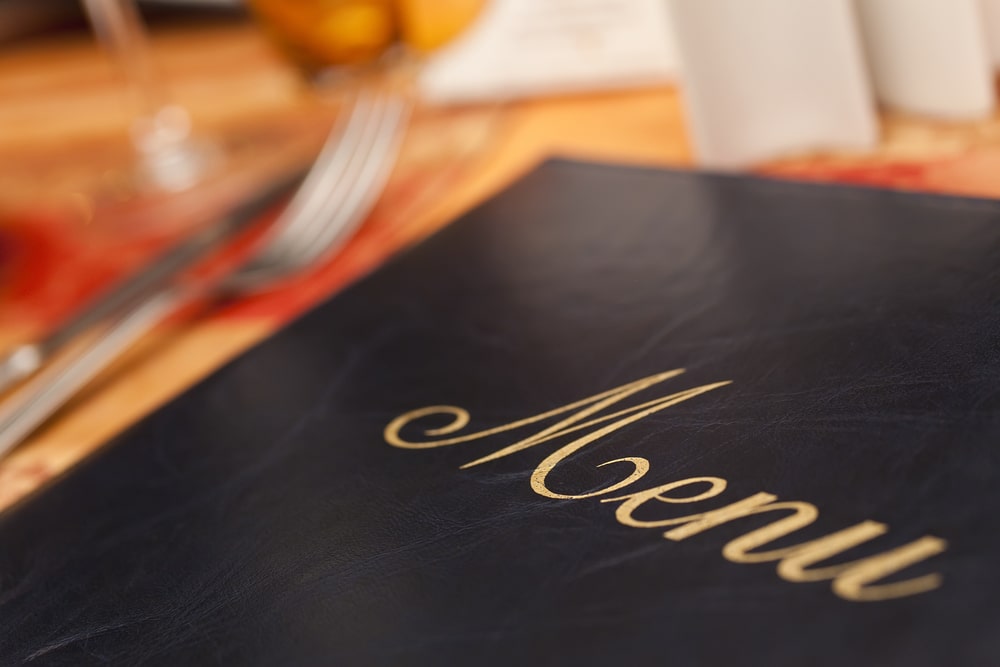
3. (Don’t) show me the money.
One of the most common restaurant tricks is to put the food first and the price second in the diner’s mind. One way they can do this is by just listing the name of the dish first and the price second. As simple as that.
Along with pricing items as a whole number and eliminating dollar signs entirely from a menu (“10.” or “10—” instead of “$10.00”), this will often soften how intimidating an expensive dish might appear on the menu.
Researchers and menu consultants also note that among the restaurant tricks that convince customers to spend more is the use of numbers ending in $.99.
By the way, if you’re looking for ways to save some money, here’s a book with plenty of frugal tips!
4. Banner blindness.
One technique lots of restaurants use is banners. But while this is common, experts point out that usability testing discovered a phenomenon called “banner blindness,” where customers skip over any content in banners.
When asked why, they explained that they usually assume it’s an advertisement that doesn’t contain any information relevant to them. This being said, add this to the list of restaurant tricks, and keep ignoring those banners!
5. “The Golden Triangle”
Just like supermarkets put profitable products at eye level, restaurants create and design their menus to make the most of your gaze. According to a recent study, customers only spend an average of 110 seconds looking at the menu.
Restaurants are well aware that most people don’t waste too much time looking at the menu, so they need to get customers’ attention to high-profit items quickly and efficiently. This is the reason why you might have noticed that most menus in different places are designed with a similar structure.
Studies have also shown that the human eye reads information written on a book-style menu in a particular order. When you open a menu, your gaze is immediately at the top right. Then, your eyes shift to the middle of the page, and then to the top left.
Experts fittingly call these three areas “The Golden Triangle” because of the way our eyes naturally move when first looking at a menu. So, one of the most common restaurant tricks is to place those high-profit foods in these areas: the center, the top right corner, and the top left corner of the menu.
Because these items catch your eye the quickest, you’re more likely to choose them—and potentially spend more!
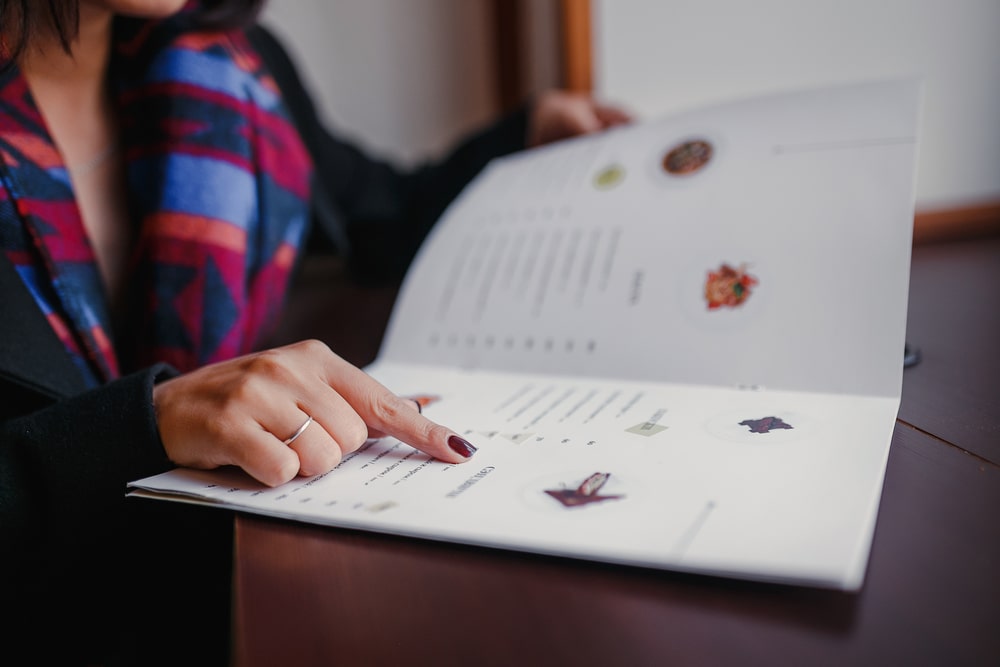
6. Keep it exclusive
When it comes to restaurant tricks, a lesser-known strategy that some establishments use is relying on fewer but exclusive dishes rather than more. According to experts, having fewer dishes to choose from is a great technique that helps assure a restaurant-goer of the eatery’s quality, which increases diner trust.
Recent data shows that 60% to 70% of a restaurant’s sales come from fewer than 18–24 menu items. Pay attention to this trick, and don’t fall into the trap of ordering more food than you feel like having just because the food items are exclusive.
7. Pluck those nostalgia strings
Last but not least on our list of restaurant tricks is something you’ve most likely come across: menu item names that relate to family members. Ever notice when dishes are called something like “Grandma’s Chicken Pot Pie”? This is definitely intentional.
According to menu consultants, people like the names of grandmothers, mothers, and other relatives on the menus, and studies show that they are more likely to buy, say, Grandma’s cookies.
If you liked our article on restaurant tricks, you may also want to read Is Extreme Couponing Worth It? Pros and Cons.

